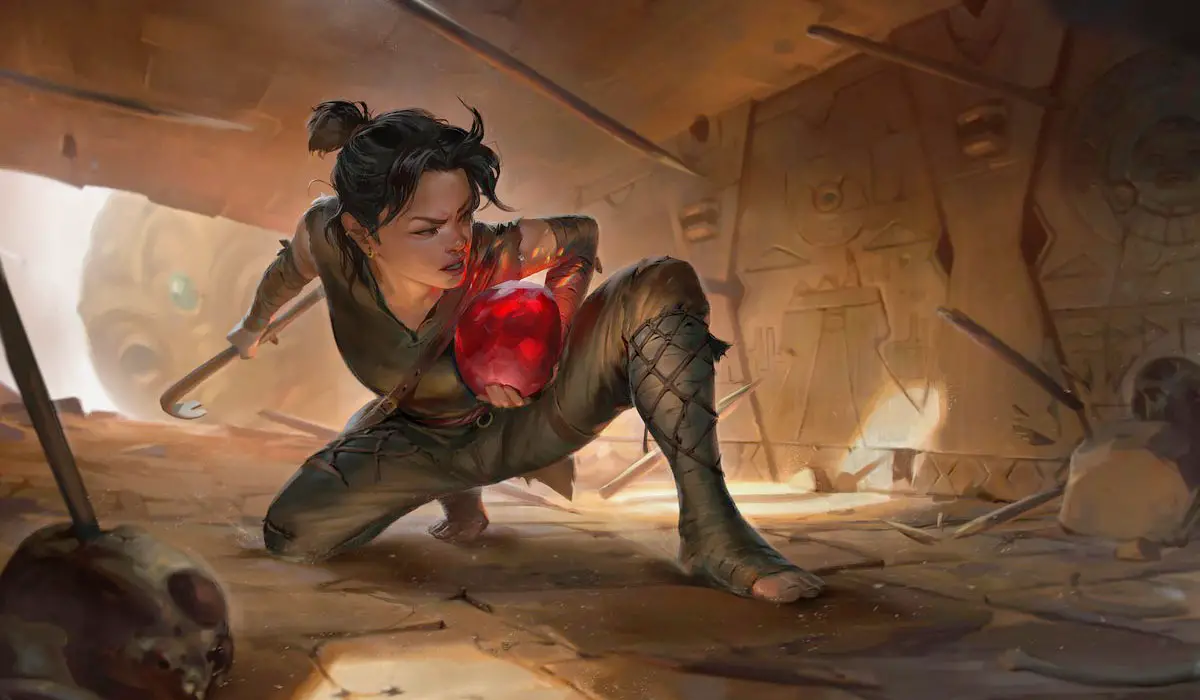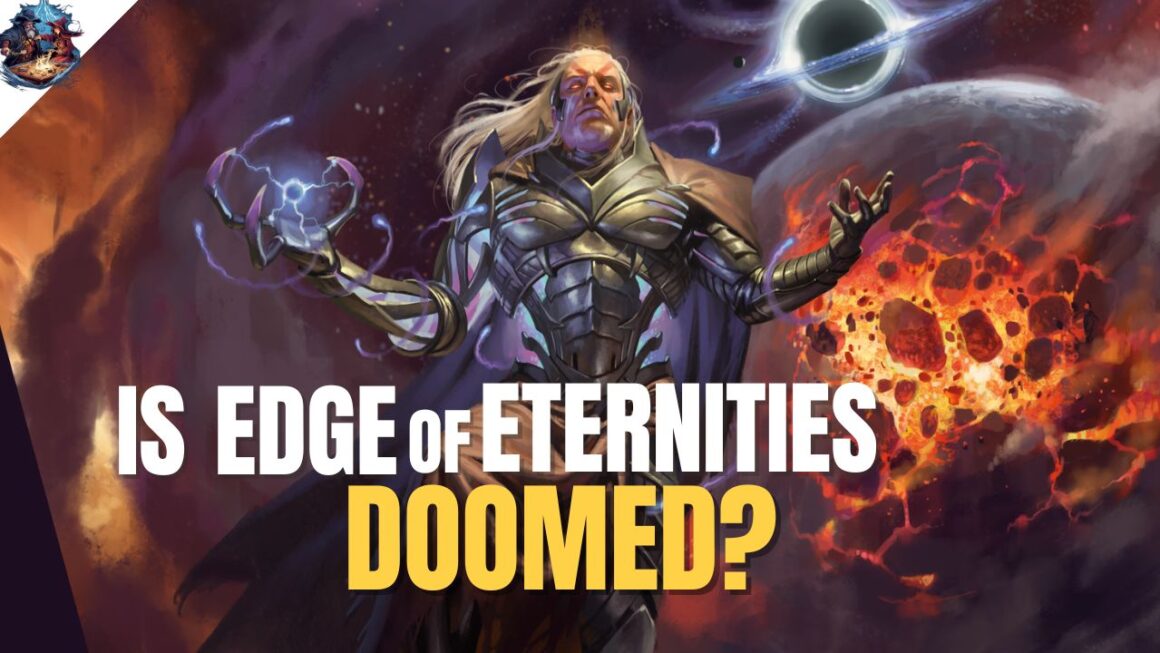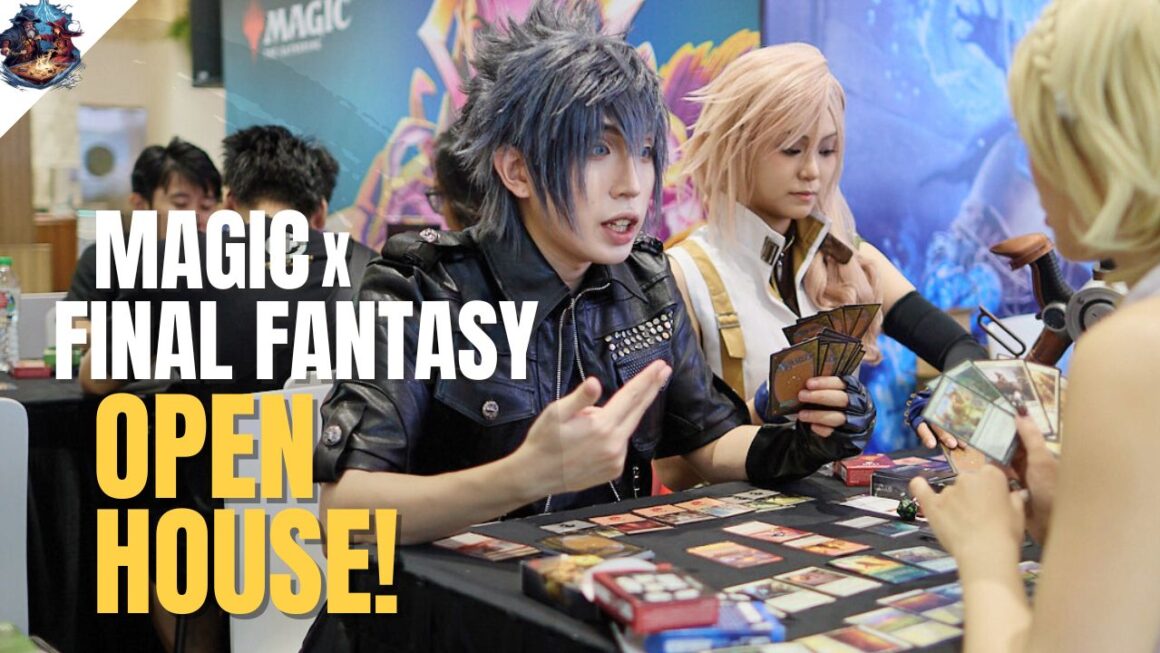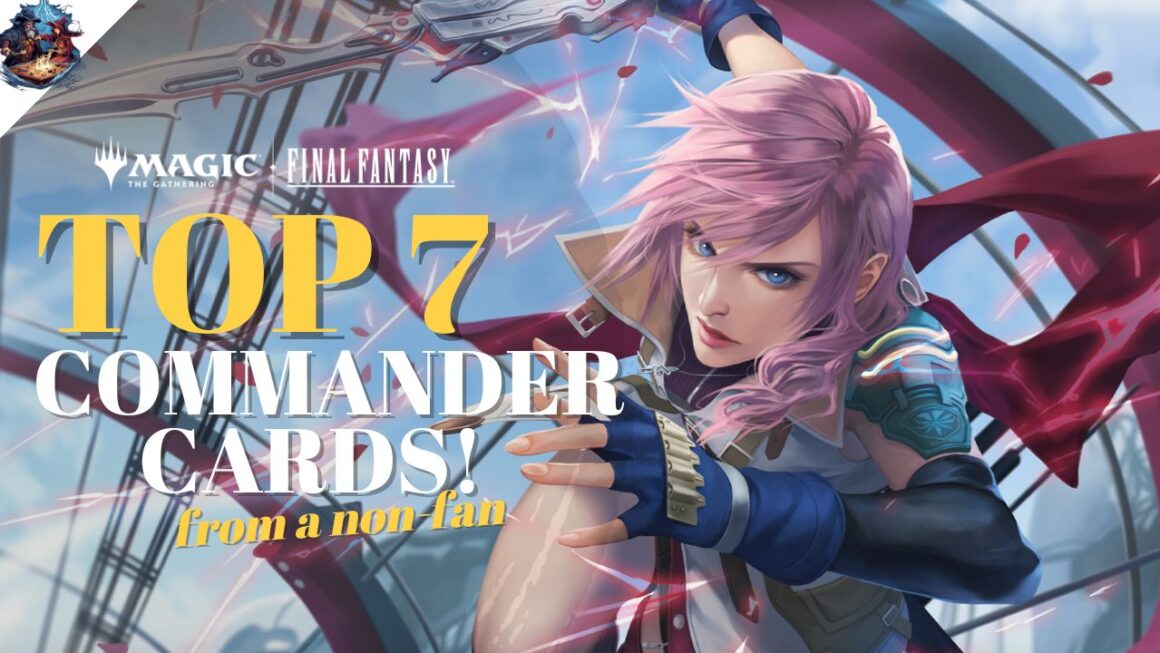With the rise of mobile gaming and the “freemium” model in the past five years, the concept of a loot box has gained more prominence. So much that Singapore is now introducing into the national education system a module to educate young teenagers on the risks of loot boxes.
What is a Loot Box and is it Gambling?
A loot box is a figurative “treasure chest,” where one does not know the contents without opening it. It could be filled with gold, which would mean striking it rich, or it could be skeletons and you’d have wasted all the money and effort in securing that chest.
The loot box term is mostly used in video games, especially on the mobile/cell phone platform. However let’s dive into the principles of a loot box rather than how it is being used and distributed.

In modern lingo we would call a loot box “randomised.” Some casino games also incorporate randomisation, where playing Blackjack or Poker involves a degree of the unknown, while also requiring a level of skill. Roulette, another casino game, is arguably almost completely randomised, with the only other influencing factor being how the ball is thrown.
If you believe the definition of gambling to be to “take risky action in the hope of a desired result,” then a loot box is exactly that. Players often buy a loot box with an ideal scenario in their mind, but the act of opening one is risky because each box is randomised.
But since loot boxes are often mentioned around mobile games utilising the freemium model, does that apply to Magic: the Gathering – where people receive an actual physical asset (the card) that has value in the resale market?
Basic MTG Booster Packs Are Randomised
Ever since the launch of Alpha set in 1993, MTG has always offered randomised booster packs or starter decks as its main product. While the exact composition has changed over time, each pack contained a number of randomised cards, with one being the Rare – harder to get and often carried more value.
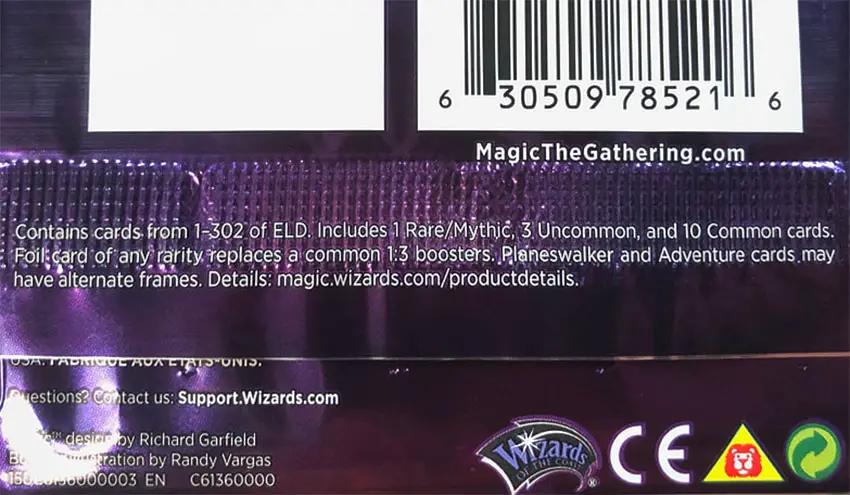
Above you see the general outline of contents in a booster pack. In recent years, this has been the standard composition of packs from new sets. You receive 15 cards – the Rare (or Mythic Rare) as mentioned earlier, 3 Uncommons, 10 Commons, and 1 Land. A Foil version of any card appears about once in every 3 packs.
Such randomised content is very similar to the loot boxes found in mobile games.
Notice that there are no stated odds for pulling a specific Rare out of the pack. You’ll get one Rare for sure, but how likely are you to open the one that you want/need? There is a lot of research online about odds and probabilities, based on analysing print sheets and the fact that Mythic Rares are estimated to be in 1 out of every 6 packs.
For example, if Rares and Mythic Rares are printed on a 11-by-11 print sheet (total of 121 cards) in a 2:1 ratio, then there is a 0.83% chance (1 out of 121) of opening a specific Mythic Rare in a booster pack. A Rare would be double that at 1.66% (2 out of 121). A sealed booster box containing 36 packs means you have 36 tries to hit that Rare that you covet, the odds being about 60%.
Ultimately, pulling that money or chase card is all up to luck. Booster packs have to be bought, and they function as a loot box in physical form. It’s not uncommon to find people spending a thousand dollars buying boxes of such randomised booster packs in the hope of hitting a few non-guaranteed, specific cards.
What makes this worse is that corporations are willing to leverage on the loot box concept to earn higher revenues. Once the carrot is presented to players, it is tough to resist the gambling temptation.
But is Magic: the Gathering the original sin? Gambling has been around since the dawn of civilisation, and although MTG may be one of the very first trading card games to be invented, it was not the first to use randomisation to earn a buck.
Is MTG to Blame? A Brief History of Trading Cards
Magic: the Gathering always seems to have the “Ghost of Impulsive Buys” lingering close by. We’ve already covered the horrible trends of collecting MTG, and why the game is inherently so expensive. But is MTG to blame for creating loot boxes in card format?
Trading cards have been around for a long time. When you look at the history of American Baseball cards, going back all the way to the early 1900s, MTG’s 27-year lifespan is no more than a teenager learning the ways of the previous generation.
Baseball cards in the early days were found in random places such as packs of tobacco (cigarettes), gum and candy, mostly as a promotional item to help sell the main product.

By the mid-20th century, big corporations such as Topps and Fleer dominated the baseball trading card supply, again randomly inserting them in packs of gum, cereal and even baked goods. By the 1970s, cards were being bought and sold directly through mail-order. In the 80s, collectors and speculators grew in numbers, and subsequently led to higher print runs.
But baseball trading cards remained popular only in countries where the sport had some popularity. America is undoubtedly the biggest market, alongside others such as Canada and Japan. It was only in the 1990s when Magic: the Gathering brought card collecting to the international level.
Today, loot boxes are everywhere in mobile gaming, and in physical trading card games, Pokemon and Yugi-oh have since overtaken MTG in popularity and scale.
Not All Magic: the Gathering Products are Loot Boxes
Thankfully Wizards of the Coast offers a wide range of MTG products. Many of these are loot boxes in nature – from booster packs, to collector boosters, to bundles.
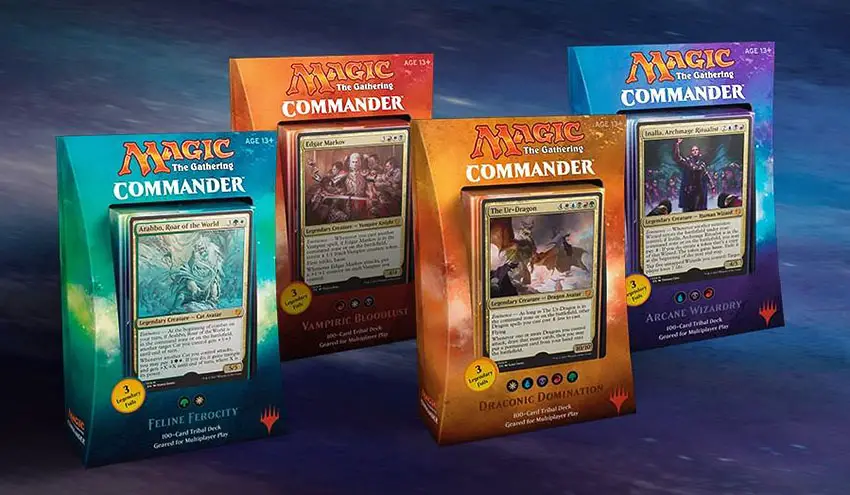
But there are some sealed products with fixed contents such as Commander Precon Decks, Challenger Decks, Planeswalker Decks and Brawl Decks. These are good starter kits with publicly-available card lists so buyers know exactly what they are getting. If you’re against gambling or just want to be sure to get a specific card, buy these preconstructed decks or purchase singles from your local game store.
End Step
The fear today is that young students have lesser self-control and fall into the gambling vortex, unwittingly spending crazy sums of their (or their parents’) money.
Of course, the same could be said for some adults, and it is not always an issue of age. The fact is everyone deals with the forces of temptation and greed – some are able to fight it off while others cannot.
While buying MTG booster packs can be considered as gambling, the positive takeaway is that a physical product is received, and there is actually a decent chance it can be resold for money or even profit.
It is essentially the cornerstone of the trading industry, in any commodity. No different from buying stocks or a physical product like oil, and hope that it can be sold in the future for a profit. In the meantime, have some fun and play some games with the MTG cards that you have.
Just be careful of how much you spend, and you’ll be fine.

